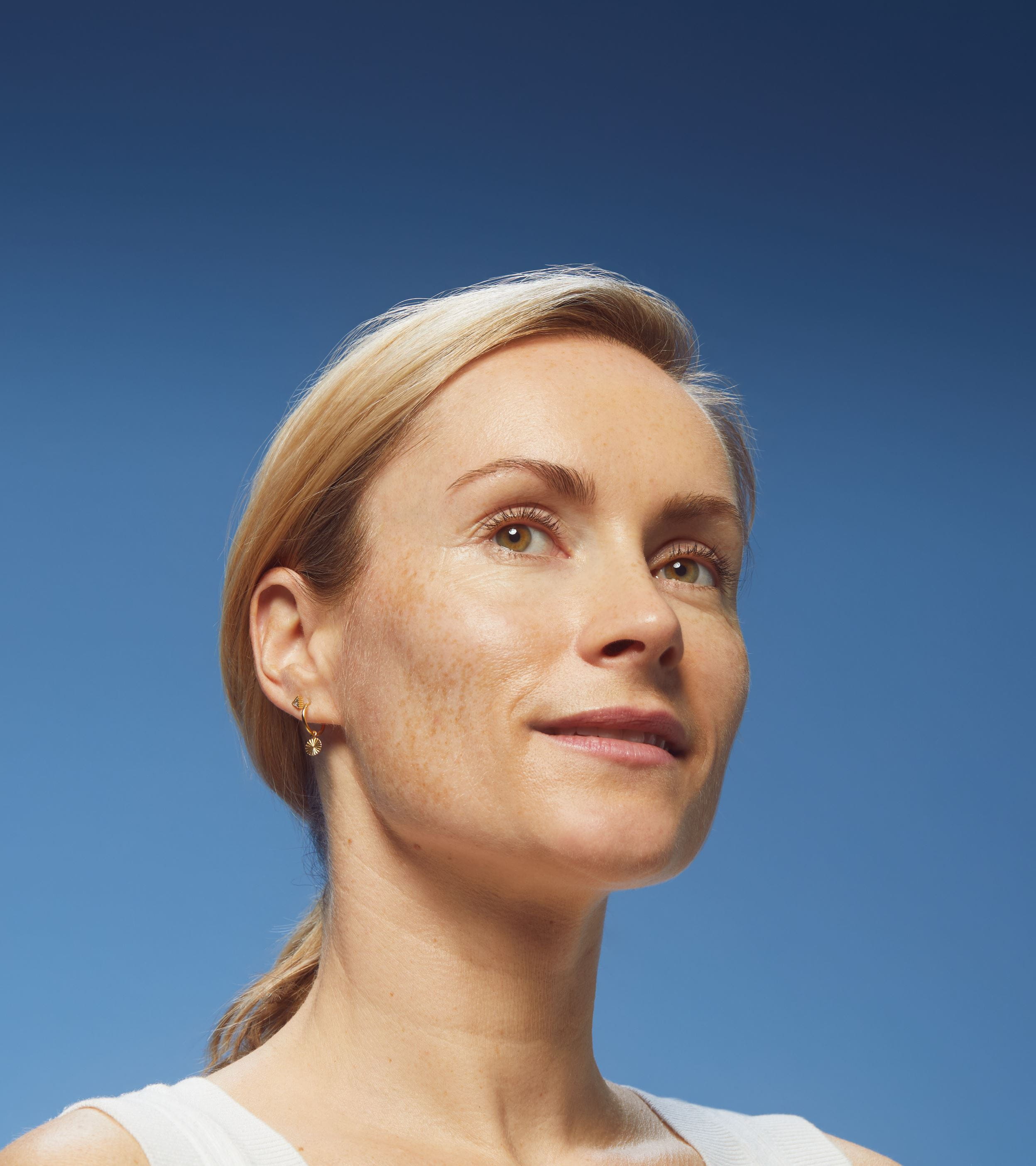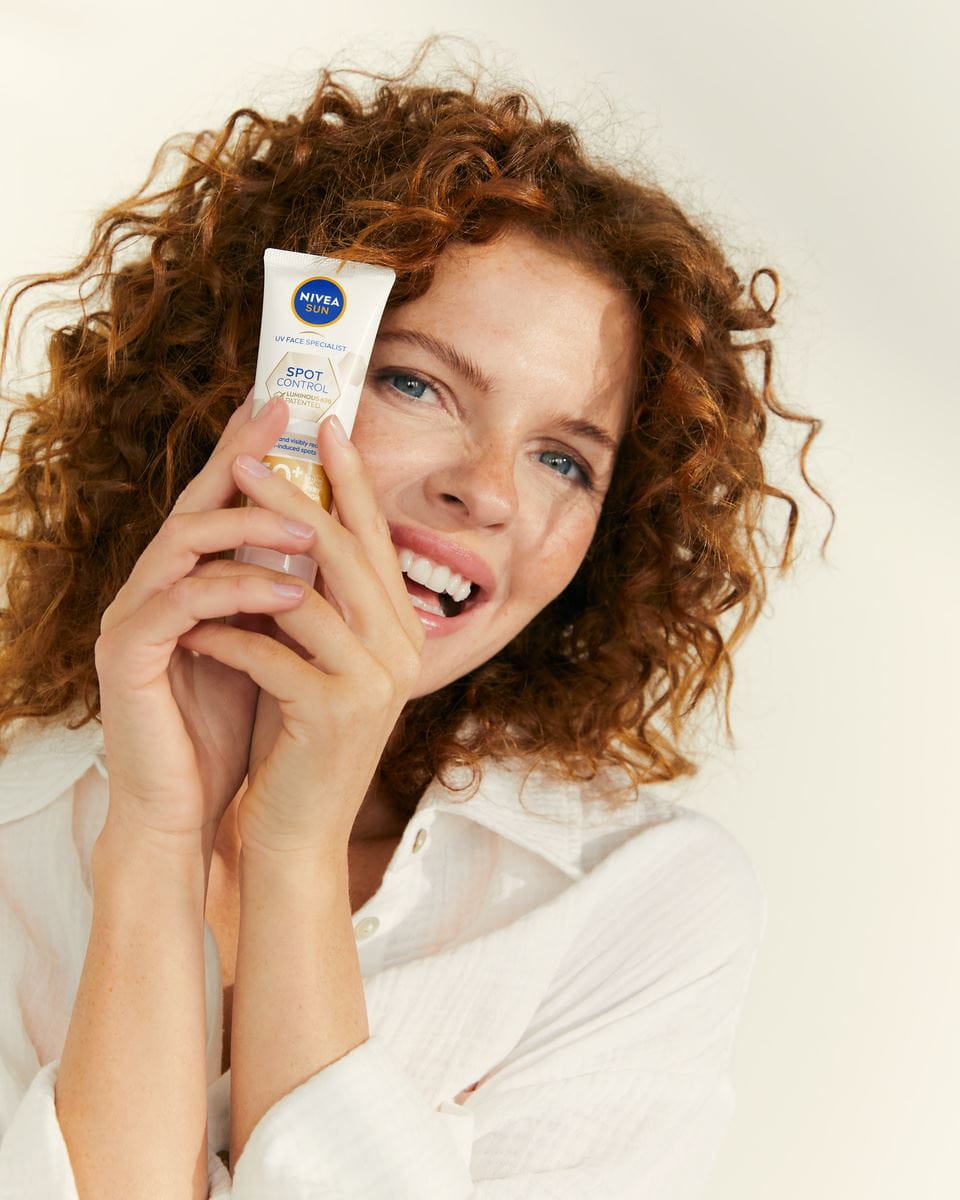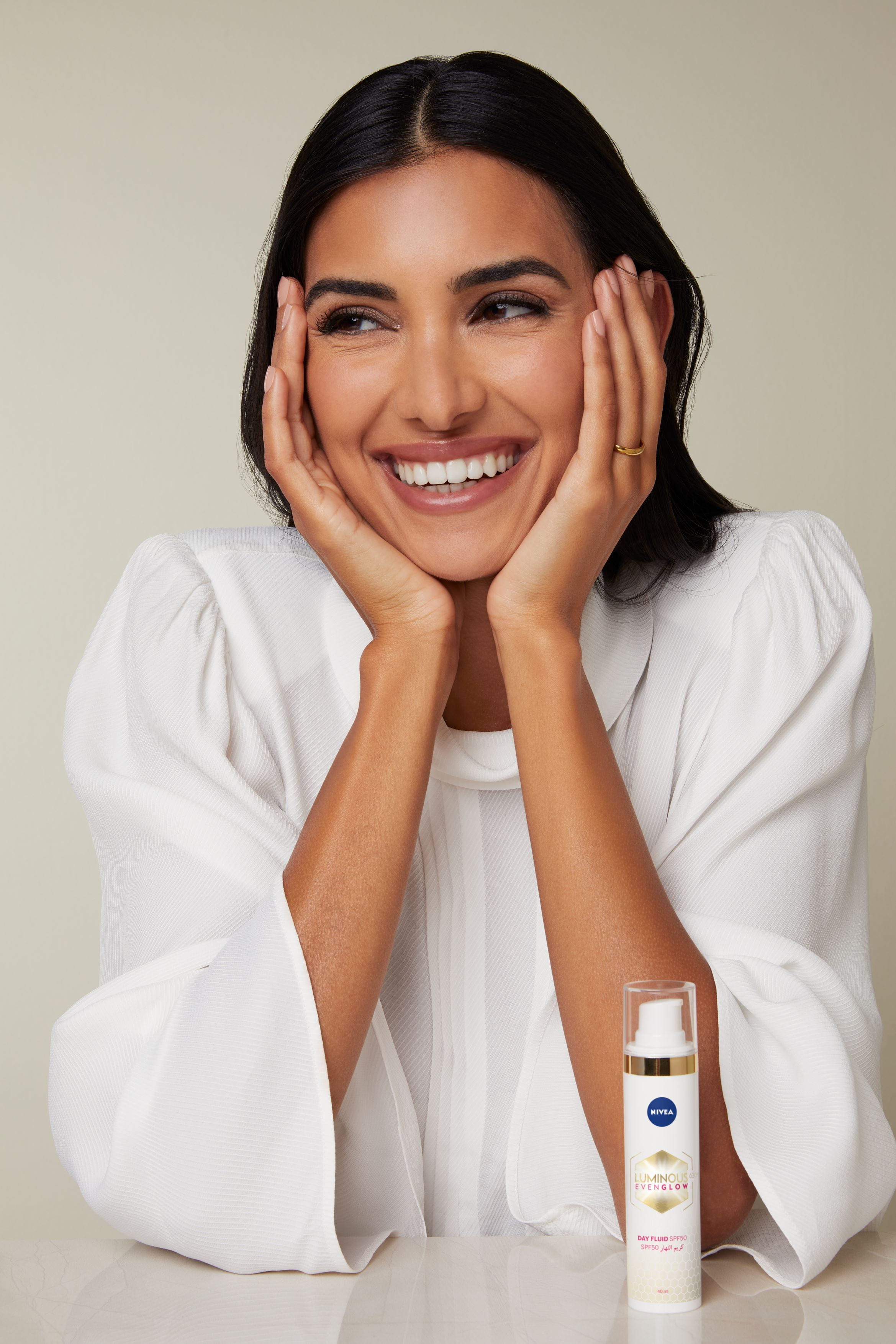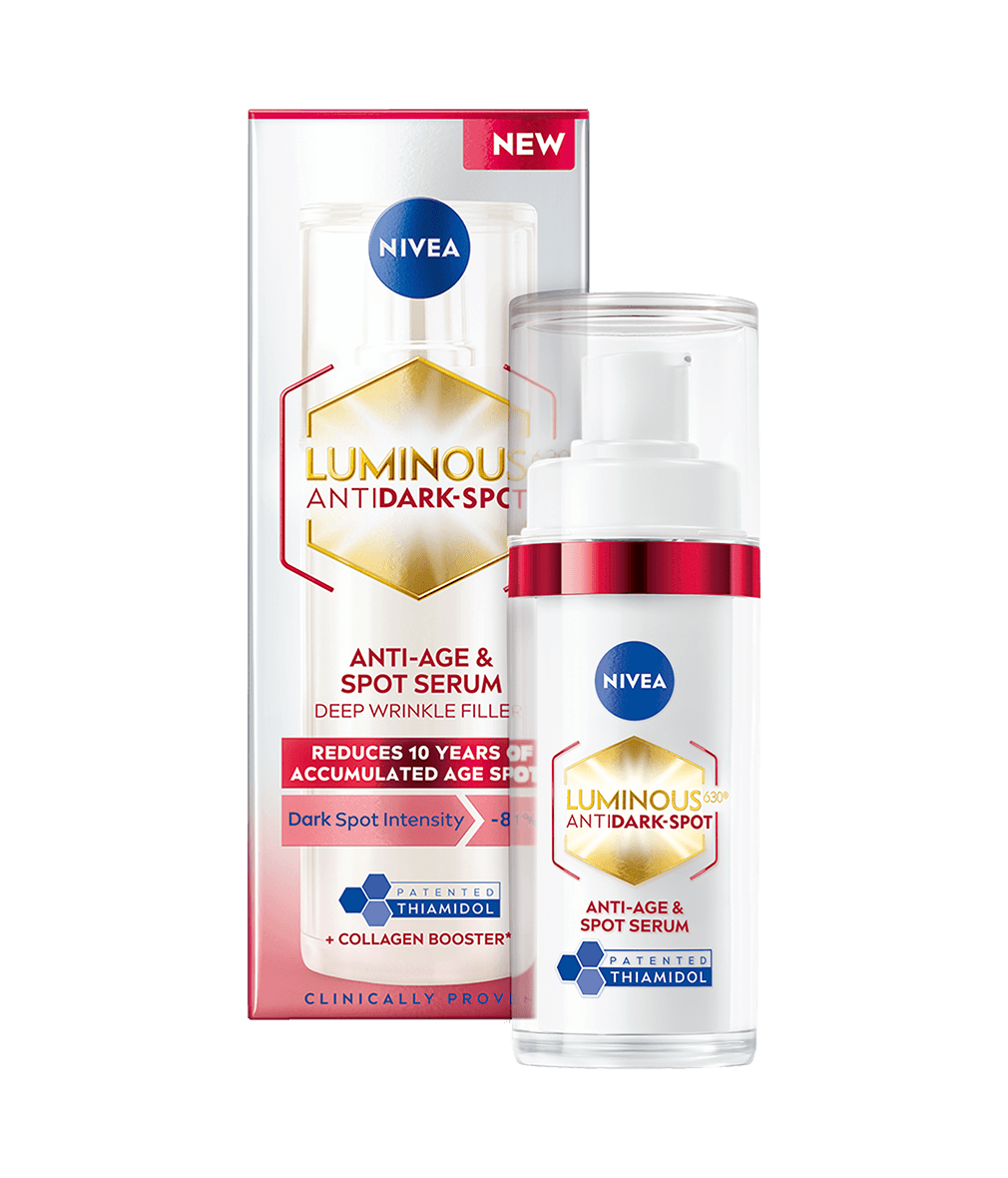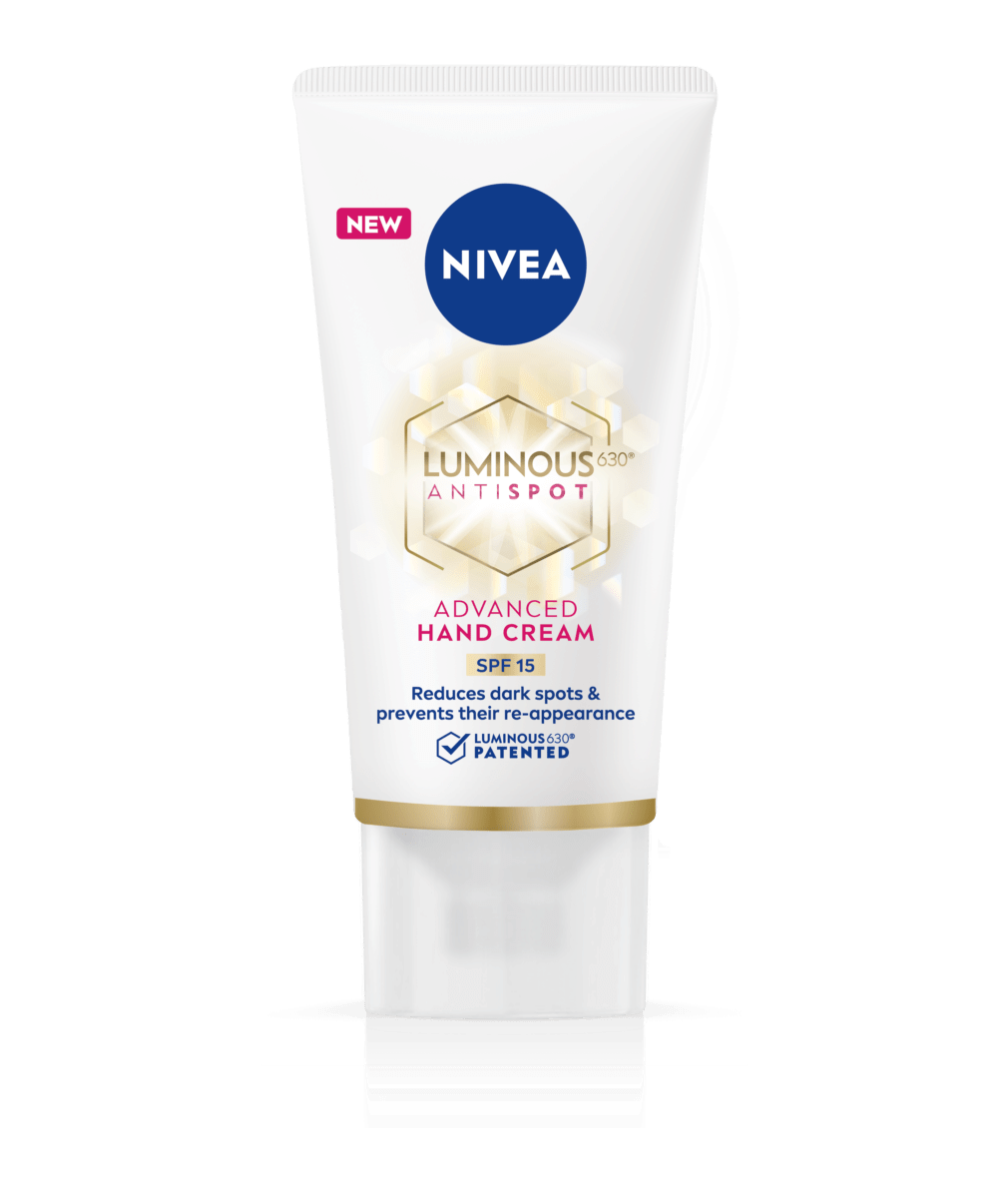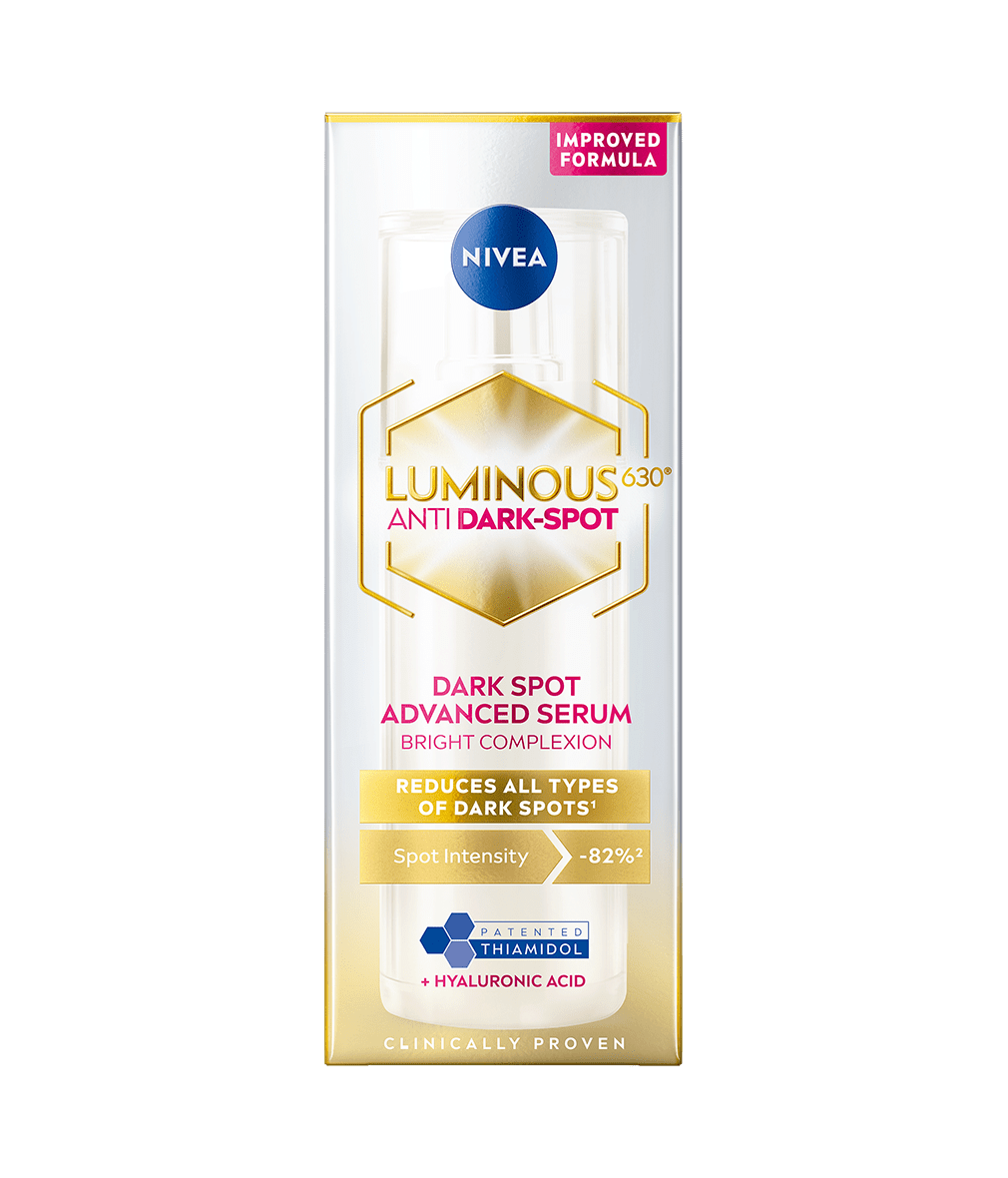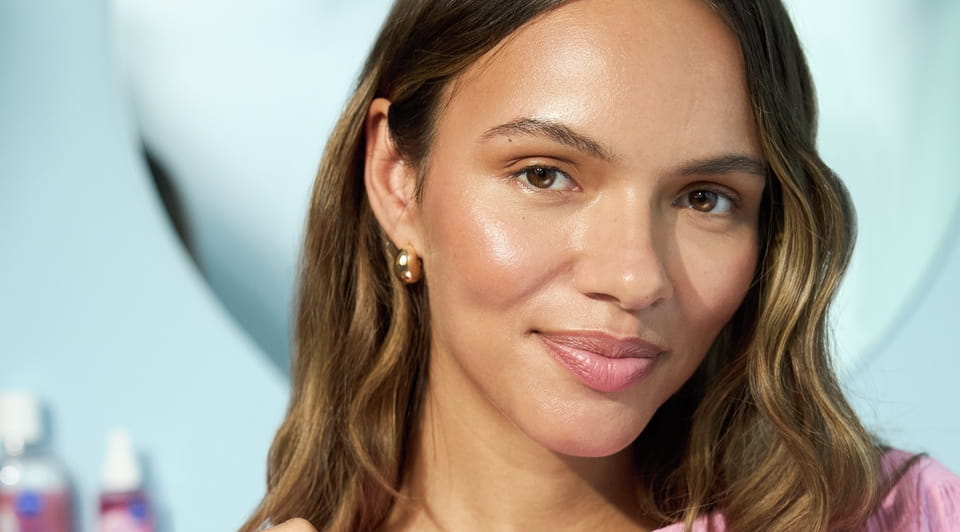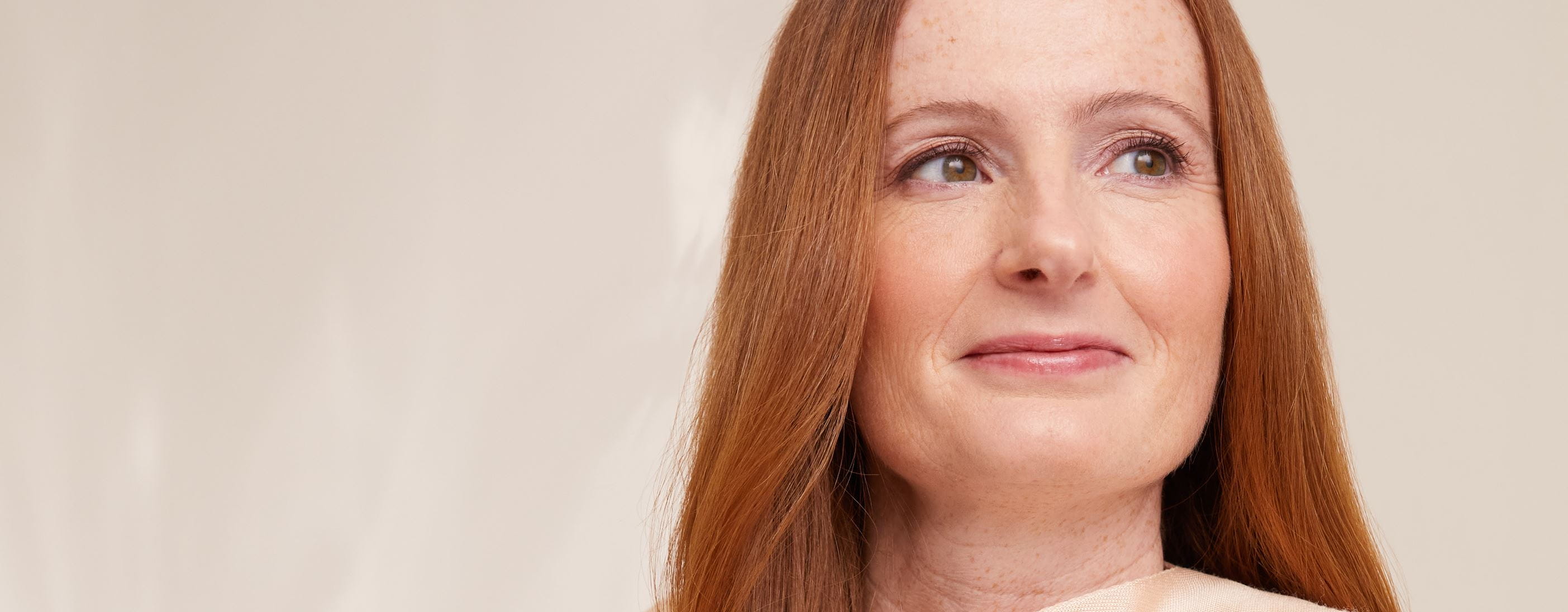
Age spots: What are they, causes & how to get rid of them
The ultimate guide on age spots, so that you can learn to reduce them
Age Spots on Skin
What are age spots on the face, hands and body?
The different types of age spots
4 causes of age spots
What causes age spots?
How to get rid of age spots?
Reduce age spots
